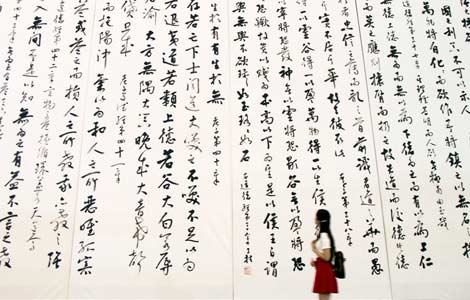3D horror film draws ghost seekers in Beijing
By Xu Lin ( China Daily ) Updated: 2014-08-22 07:16:39
Built in the 1910s by an American missionary to be used as a school, the buildings served as the offices of Beijing's civil affairs bureau in the 1950s. They were returned to the association in the 1990s and have been empty ever since. About a decade ago, ghost stories about the mansions started to emerge on the Internet, drawing curious visitors.
"The buildings have been haunted by 'live ghosts' (visitors) rather than 'dead ghosts' for years," a 74-year-old resident says angrily. Trespassers climb over the walls and utter dreary cries and screams to scare others at night despite attempts by gatekeepers to keep people off the property by making utility poles slippery with oil and lining walls with pieces of glass.
"It's difficult for those who live nearby to fall asleep, and the guard dog barks all night because it is frightened. Sometimes I get to sleep only from 4 to 5 am because there are no visitors then," she says.
"People are interested in anything that is mysterious, especially ghost stories. When we get scared, we release adrenaline and endorphins, which give us a high that can be surprisingly addictive," says Daniel Newman from the United Kingdom, founder of newmantour.com. The agency offers English-language tours, including "ghost tours", in six destinations including Shanghai and Beijing.
Newman tells people ghost stories of Chaonei No 81 during the tours but doesn't take them to the buildings. He thinks China has rich ghost stories and that Chinese people tend to take "ghosts" more seriously than Westerners do, although it is a superstition.
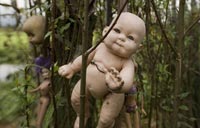 |
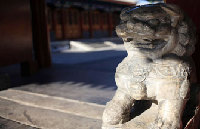 |
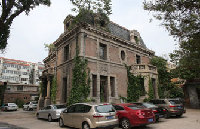 |
| Say 'hi' to the ghost: 10 creepiest attractions around the world |
|
|
|
|
|
|



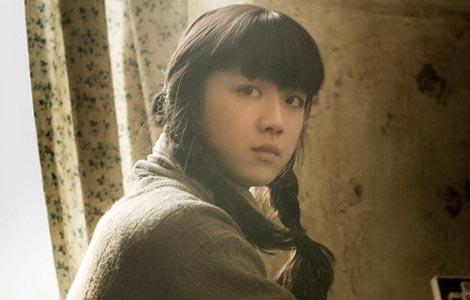


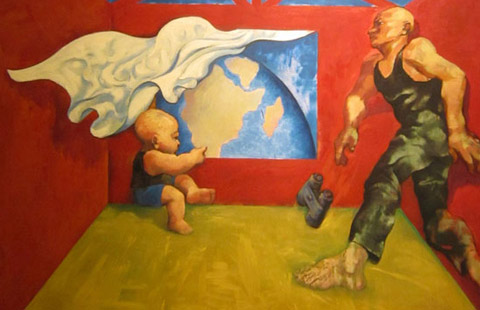
















 Raymond Zhou:
Raymond Zhou: Pauline D Loh:
Pauline D Loh: Hot Pot
Hot Pot Eco China
Eco China China Dream
China Dream China Face
China Face
